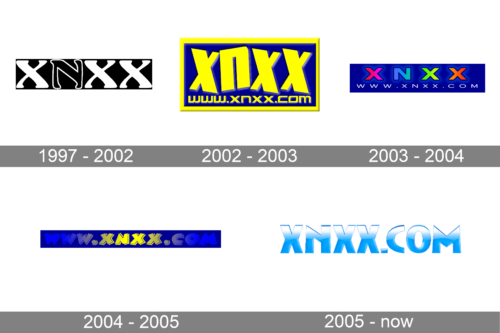
- Version
- Download 45
- File Size 7.06 KB
- File Count 1
- Create Date December 12, 2024
- Last Updated December 12, 2024
Saint Laurent, the iconic French luxury fashion and cosmetic brand, was founded in 1961 by renowned designer Yves Saint Laurent. With its timeless elegance and chic appeal, Saint Laurent has solidified itself as one of the most influential names in fashion. Today, the brand is owned by Kering and generates over one billion USD annually, maintaining its status as a leader in the luxury fashion industry.
Evolution of the Saint Laurent Logo
The Saint Laurent logo has undergone several transformations since its creation, evolving alongside the brand's vision and leadership. The changes to the logo reflect the brand's adaptability and commitment to staying relevant in an ever-evolving fashion world.
1962 – 2012: The Classic Monogram and Wordmark
The original logo for Yves Saint Laurent was introduced in 1962 and remained consistent for decades. This logo featured a monochrome design combining the wordmark and the iconic YSL monogram. The wordmark, "Yves Saint Laurent," was executed in a custom sans-serif font, with the first letters of each part of the name enlarged for emphasis. The typeface was reminiscent of New Yorker but with modernized, elongated lines to give it a more sophisticated feel. The letters were placed close together, creating a unified and sleek appearance.
Alongside the wordmark, the YSL emblem became one of the most recognized fashion symbols globally. The monogram was composed of three intertwined letters (Y, S, L) in bold capitalized font, matching the custom typeface used in the wordmark. The emblem was frequently used on its own, especially on product tags, packaging, and perfume bottles, making it a standalone symbol of luxury and elegance.
The logo's color palette was primarily monochrome, with black and white being the most commonly associated colors. However, the emblem and letters were occasionally rendered in gold, adding a touch of opulence. Despite these variations, the black-and-white combination became synonymous with the brand's timeless, understated luxury.
2012 – Present: A New Chapter
In 2012, the brand underwent a significant rebranding under the creative direction of Hedi Slimane, who made the bold decision to shorten the name from "Yves Saint Laurent" to simply "Saint Laurent." This change marked a new era for the fashion house, signaling a shift in both design direction and brand identity.
The redesigned logo emphasized the brand’s new name, "Saint Laurent," rendered in bold, clean, uppercase letters using the Neue Helvetica font. The sleek, modern look of this typeface conveyed a sense of contemporary sophistication. Below the main logo, the word "Paris" was added in uppercase letters, executed in a contrasting serif typeface similar to Copperplate Gothic Std Bold. The serif font for "Paris" was spaced out widely, giving the tagline a sense of airiness and balance, while the bold "Saint Laurent" added strength and presence to the overall logo.
The 2012 logo retained the minimalist elegance of its predecessor but shifted towards a more modern, streamlined appearance, reflecting the brand's fresh, youthful energy under new leadership. The combination of the bold sans-serif for "Saint Laurent" and the delicate serif for "Paris" created a visual contrast that gave the logo a refined yet dynamic feel, aligning with the brand's contemporary vision.
Branding and Impact
Both iterations of the Saint Laurent logo have become synonymous with the brand's legacy of luxury and elegance. The original logo, with its intertwined YSL monogram and elegant typography, spoke to the timeless quality of Yves Saint Laurent's designs. The updated 2012 logo, with its bold simplicity and modern contrast, reflects the brand’s reinvention for the future. Both logos are emblematic of Saint Laurent's ability to blend heritage with innovation, ensuring its place at the forefront of global fashion.
| File | Action |
|---|---|
| Saint Laurent Logo.png | Download |








